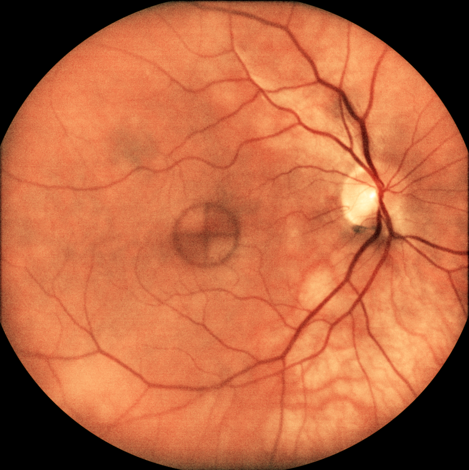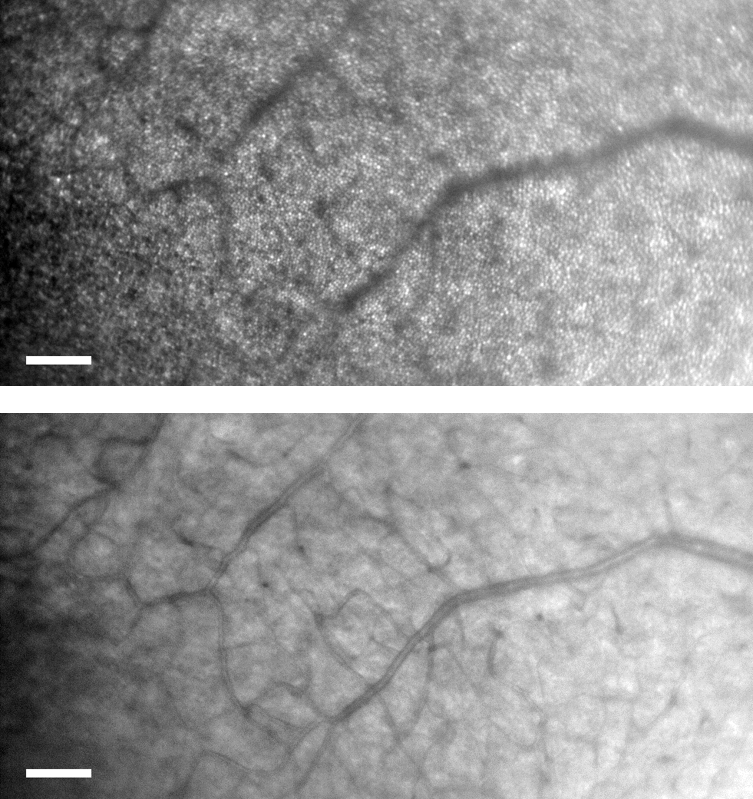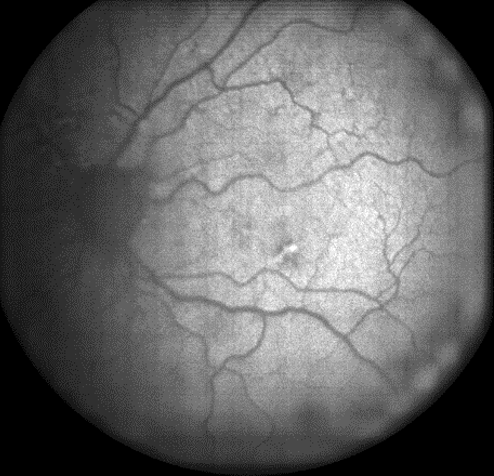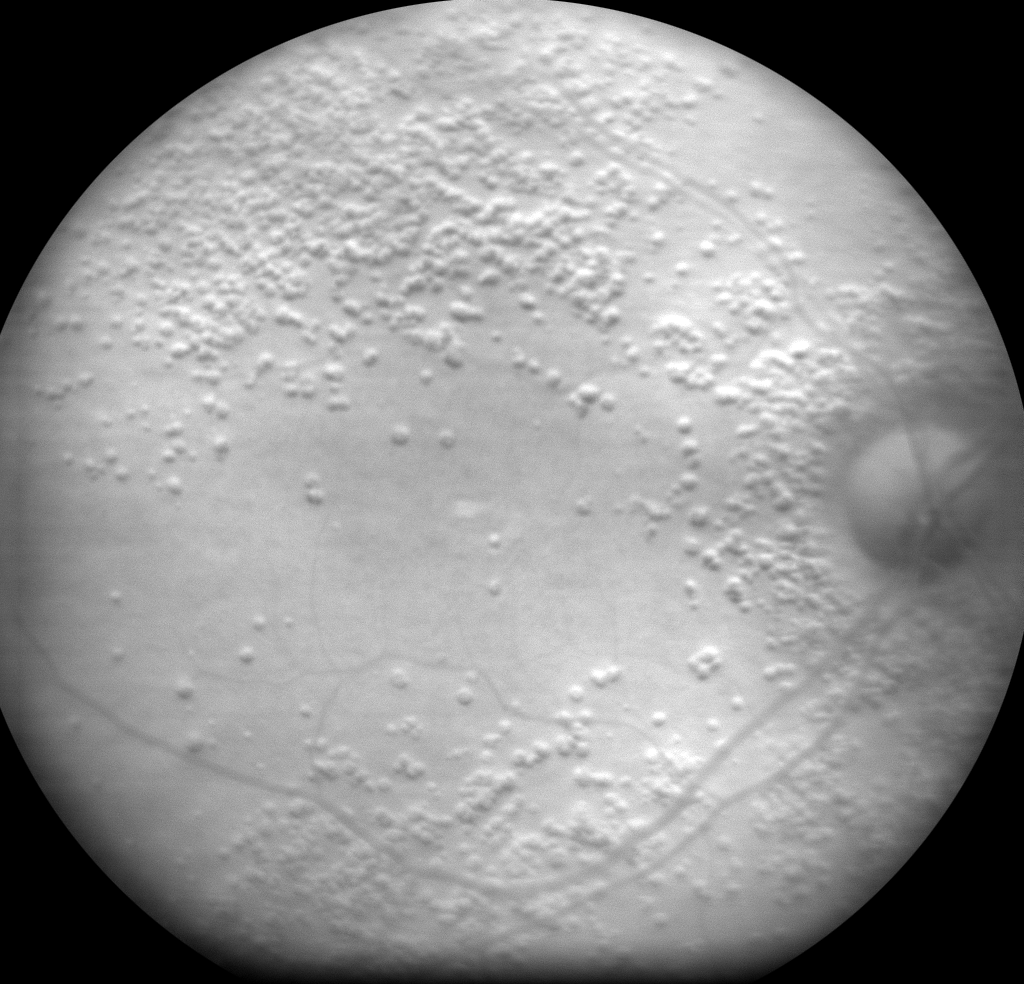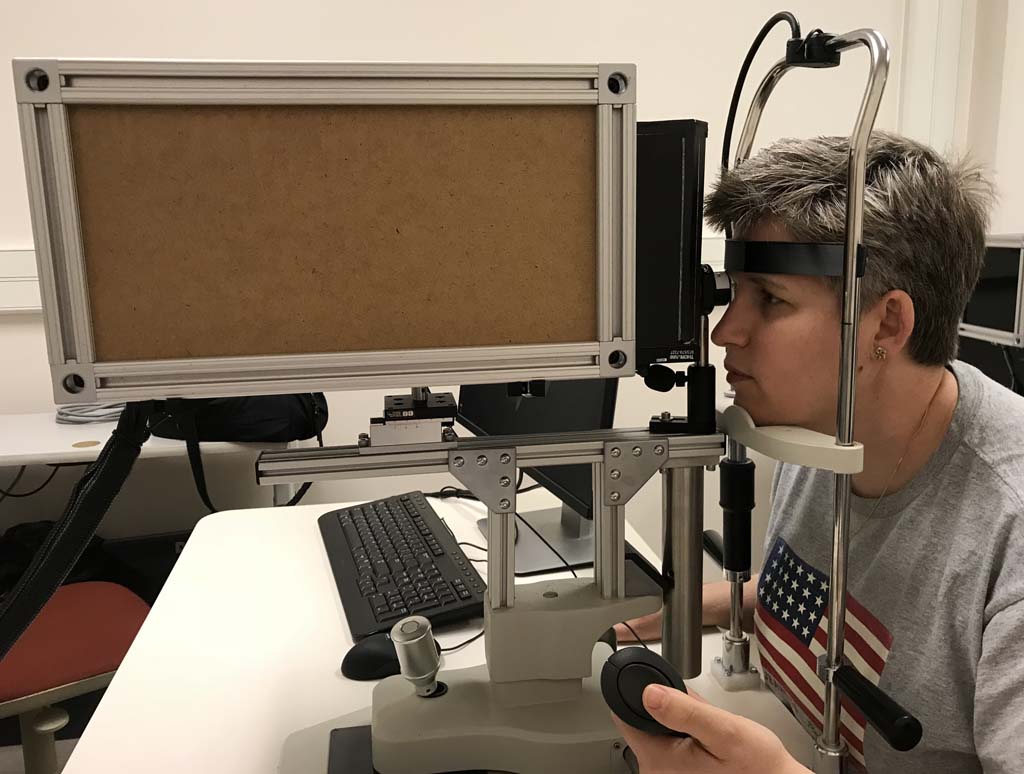Unique to retinal cameras, the DLO achieves its small size and low cost using a digital light projector (DLP) as the imaging source. A series of lines are rapidly projected onto the retina to simulate line scanning. Light return is spatially filtered by the electronic rolling shutter of a CMOS sensor to achieve high contrast confocal imaging.
Aeon Imaging's DLO technology is protected by US and international patents and patents pending. Check out our references page for more details.
The DLO is not an FDA approved device. Please contact us if you'd like to use the DLO for research.
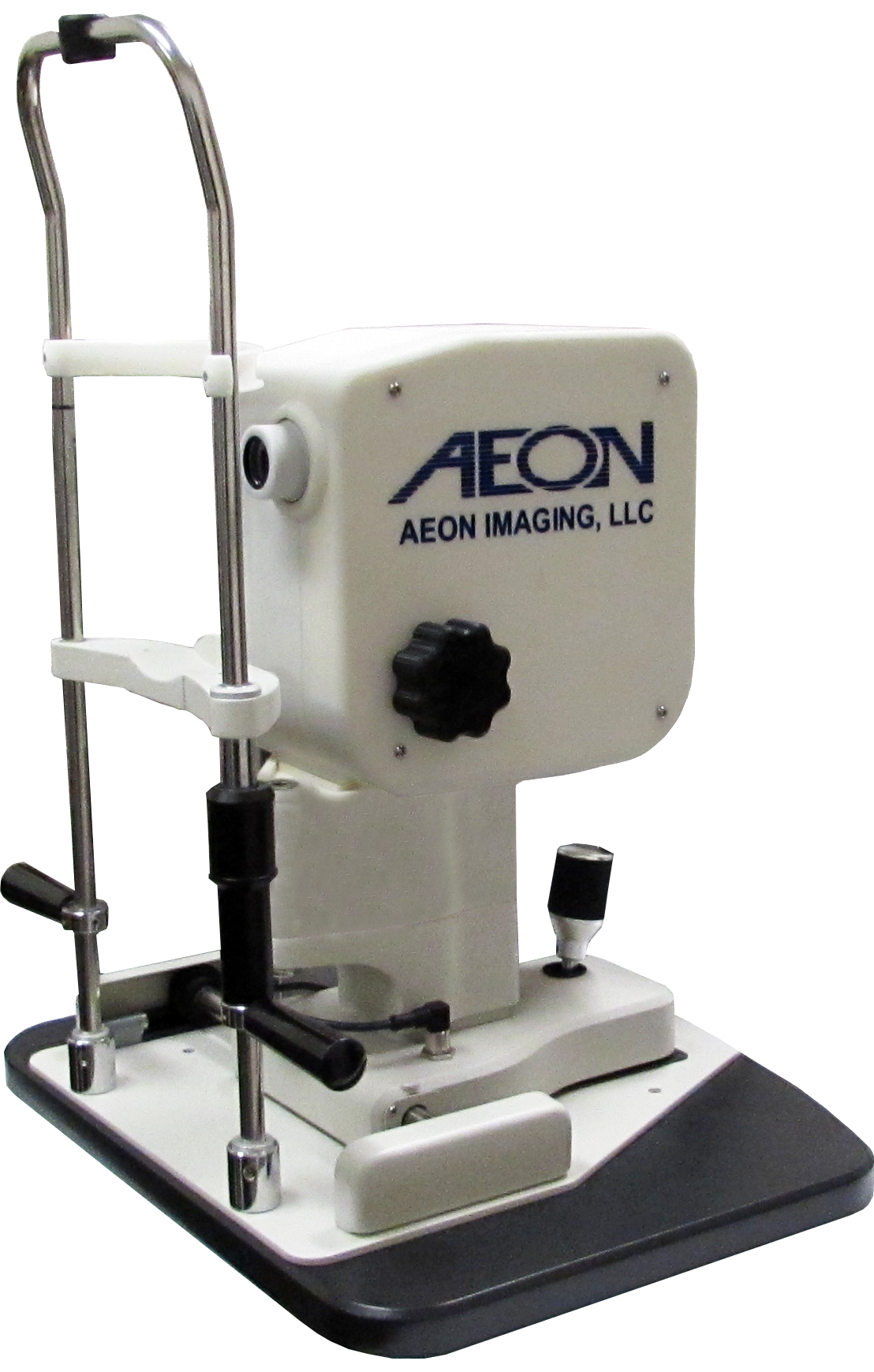
Versatile Ophthalmic Imaging
With modular DLP and CMOS camera components, the DLO can be configured to detect early signs of retinal diseases, perform oximetry, test for visual function and assist with low vision training and rehabilitation.
Funding support for development and evaluation of the DLO has been provided by the US federal Small Business Innovation Research (SBIR) and Small Business Technology Transfer (STTR) programs. Matching grant support has also been provided through the Indiana Economic Development Corporation.

